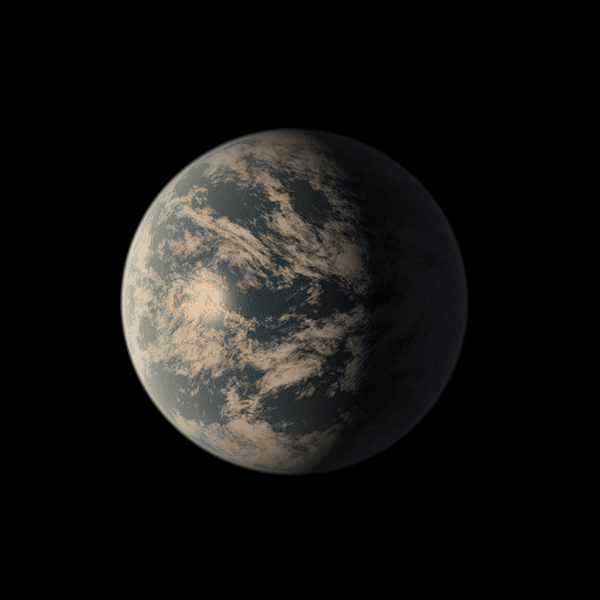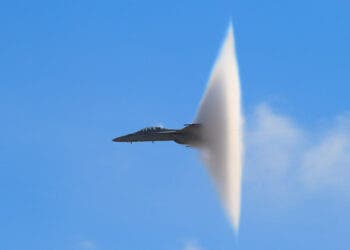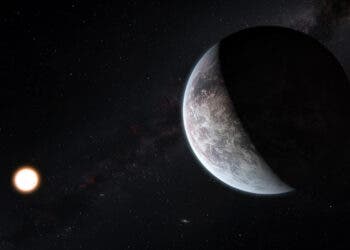
Some microbes can not only survive but also replicate in an atmosphere comprised entirely out of hydrogen. These important findings suggest that life might appear in a variety of extraplanetary environments that scientists previously discounted.
Life never ceases to surprise us
Billions of years ago, Earth had very small amounts of hydrogen in its primordial atmosphere, up to about 0.1%. The molecular hydrogen persisted in the atmosphere for hundreds of millions of years up to the Great Oxidation Event.
Today, what little hydrogen is produced is rapidly consumed by microorganisms, oxidized in the atmosphere, or lost to space.
Astrophysicists believe that many rocky exoplanets, super-Earth exoplanets (an extrasolar planet with a mass higher than Earth’s, but substantially below those of the Solar System’s ice giants), and even rogue rocky planets (planets outside a solar system) may have a hydrogen-abundant atmosphere under certain conditions.
Some examples of such planets include Trappist-1 d, e, f and g, and LHS 1132b.
Seeing as it seems likely that there are some hydrogen-dominated atmospheres beyond our solar system, and considering that such rocky planets are easier to detect than those with nitrogen or CO2-dominated atmospheres, researchers at MIT wanted to investigate the viability of life on such planets.
The research team conducted growth experiments in a bioreactor system on two species of microorganisms: Escherichia coli and the yeast Saccharomyces cerevisiae.
These simple organisms are representative of prokaryote and eukaryote microorganisms, respectively.
“We note that we chose a 100% H2 gas environment as a control. Actual atmospheres dominated by H2 will always have other gas components that are products of planetary geology or atmospheric photochemistry. Furthermore, rocky planets will have to be colder than Earth, have a more massive surface gravity than Earth and/or a replenishment mechanism to maintain an H2-dominated atmosphere,” the authors wrote in their study.
Remarkably, both organisms could reproduce normally in a 100% hydrogen atmosphere. However, they do so at slower rates than in oxygenated air.
E. coli reproduced two times slower, while the yeast was around 2.5 orders of magnitude slower. The authors argue that the lack of oxygen is responsible for the reduced rate of replication.
E. coli also synthesizes an impressive number of volatile molecules that can be detected on worlds light-years away from Earth.
“That such a simple organism as E. coli—and a single species at that—has a diverse enough metabolic machinery capable of producing a range of gases with useful spectral features is very promising for biosignature gas detection on exoplanets. While most of the gases are produced in small quantities on Earth there are exoplanet environments where the gases if produced in larger quantities could build up,” the authors wrote in their paper published today in the journal Nature Astronomy.






